Mortise cylinder and rim cylinder are both cylinders in door locks, and superficially they are very similar. However, in reality, they are different. In today’s guide, we will discuss in detail the differences between mortise cylinders and rim cylinders. If you’re wondering about this too, read on to learn more.
1. What is a mortise cylinder
A Mortise cylinder is a type of lock cylinder, usually used in a mortise lock. A Mortise cylinder is just a hardware accessory that is usually used with a door lock that has a threaded exterior and a cam. The main function of this matching door lock is to facilitate the user to lock and ensure the user’s home safety. The threads on the outside of the Mortise cylinder are primarily for screwing into other manufacturers’ mortise lock boxes. A cam on the back of the cylinder operates the locking mechanism and a set screw holds the mortise cylinder in place. When you insert the correct key into the mortise cylinder and turn it, the gears in the mortise cylinder will turn, unlocking the door.
(More information about mortise lock: Mortise Lock: A Full Guide)
2. What is a rim cylinder
Likewise, a rim cylinder is a type of lock cylinder, often used in rim locks. A rim cylinder is the mechanical and functional part of a standard lock cylinder and consists of a lock cylinder that can be rekeyed by a professional locksmith. Rim cylinders can incorporate a variety of different locking mechanisms, but the most common include chip cylinder locks, pin cylinder locks, and disc cylinder locks. The rim cylinder is specially installed on the night lock on the exterior door.
They are designed to be opened from the outside with a key and operated by a lever on the inside. When you encounter special circumstances (such as theft), you can quickly replace the rim cylinder in the rim lock to ensure your safety.
3. Mortise cylinder vs. rim cylinder
Next, iLockey will compare the mortise cylinder and rim cylinder from different aspects.
1) Features
The mortise lock and rim lock, which are composed of mortise cylinder and rim cylinder respectively, are different in design features.
#1. Features of Mortise cylinder
- Threaded Exterior: The exterior of the Mortise cylinder is designed with threads, just like the threads on the exterior of a bolt. This is to make it easier for you to screw the mortise cylinder into the door lock and play a fixed role. The entanglement between the threads and the lock makes the mortise cylinder fit very tightly. It can only be opened with a specific key, thus protecting your safety. The rim cylinder is not threaded.
- Cam: A Mortise cylinder has a “camshaft or cam”, the tailpiece. Its tailpiece is flush with the back of the lock and is generally round in shape. There will be a small rectangle within the circle, and the circle part is bolted to the cylinder. When you rotate the plug, the rectangular end will move and open the lock. Press the button inside the lock body and turn the cam down to unlock the device. Press the button to open the lock. The presence of the cam is obvious if the removed cylinder can lay flat with the keyway pointing towards the sky/ceiling. The rim cylinder has no cam.
- Inner lock body: The inner lock body is the biggest feature of the mortise lock. A hole or groove is left inside the mortise lock to accommodate the mortise cylinder. Please open the door frequently when installing to check the length of the door aligned with the crash plate. Investigate more specifically where the deadbolt and/or latch bolt extend from.
#2. Features of Rim cylinder
Smooth appearance: The metal on the outside of the Rim cylinder is smooth and flat, and there is no threaded appearance. So you’ll need to use long screws or mounting bolts to secure it to the door surface. This requires you to slide in the lock from the front, and tighten the bolt from the other side of the door. Without these two screws, the cylinder would slide off the door. In addition, due to the smooth cylinder shape of the Rim cylinder, suppliers should use custom paper tube packaging to protect Rim cylinder parts from damage during transportation.
Locking Rod: The back of the Rim cylinder has a short piece of metal rod that doesn’t sit flat against the back of the cylinder. You use the correct key to turn the stem through the door to unlock the device by turning the stem.
Outer Lock Body: Rim locks are designed with a rod and bolt protruding into the door. As a result, the Mortise cylinder looks like it sinks into the door when secured, while the Rim cylinder protrudes out. This could be in the form of an emergency bar, an exit bar, or some other form of external unit, of which the Rim cylinder fixture is the most common in commercial settings. The remaining forms are generally found in dwellings. To further illustrate what a panic lever is, it’s the horizontal length of metal that you push to open the door. A part of the metal will be depressed (like a big button) which will retract the latch and allow the door to open freely. The biggest difference is that one is inside the lock and one is outside the lock.
2) Advantages and disadvantages
The difference between a Mortise cylinder and a rim cylinder can also be reflected in the advantages and disadvantages.
#1. Advantages and disadvantages of Mortise cylinder
advantage
- High security level, provides a higher level of door security than other locks and is not easily tampered with.
- It has strong adaptability and can be used in conjunction with mortise locks of different configurations.
- The variety of sizes creates different types of mortice locks.
shortcoming
- Difficult to install and may require hiring a knowledgeable installer to install.
- The requirements for the door frame are high.
- The price is more expensive than the rim cylinder.
#2. Advantages and disadvantages of Rim cylinder
advantage
- Easy to install.
- Easy to replace, you only need to replace the rim cylinder, no need to replace the lock back box.
- The price is cheaper than a mortise cylinder.
shortcoming
The security is not high, and it is vulnerable to attack and tampering.
3) Installation method
Next is the comparison of differences in installation methods.
#1. Mortise cylinder installation
- In order to mount the mortise cylinder to the door, a hole must be cut in the side to hold the lock.
- The Mortise cylinder fits inside the lock.
- Secure the cylinder box in place with screws to avoid damage to the mortise cylinder.
#2. Installation of Rim cylinder
- The installation of the rim cylinder does not require any holes as the lock body rests on the outside of the door.
- The most commonly used device is an exit lever or an emergency lever. The panic lever is placed behind the lock to facilitate the retraction of the latch, thus allowing the door to open freely.
4) Application
The mortise lock and rim lock composed of mortise cylinder and rim cylinder are also different in application.
A mortise cylinder is most commonly used for
- Trolley trim with key
- most key switches
- Cylinder Tracking on Exit Devices
- Business or higher security level occasions
Rim cylinder is most commonly used for
- Pull edge with key
- residential door lock
- exit control lock
- Residential or lower security level occasions
5) Locking mechanism
The locking mechanism of these two cylinders is also an important point of difference that you should be aware of. The locking system operates differently for rim locks and mortise locks. A mortise lock cylinder has a cam that rotates when the key is inserted. This triggers the lock. With a rim lock, as soon as the key is turned, the threaded rod turns to activate the lock. A mortise door lock actuates down from the inside of the door, while a rim cylinder actuates backward behind the door.
6) Cost
As we all know, the cost of an item is determined by many factors, including materials, functions, and labor costs. We mentioned above that the structure and installation of the mortise cylinder are very complicated, so the cost price of the mortise cylinder will be more expensive than the rim cylinder.
The structure and installation of the rim cylinder are simpler than the mortise cylinder, so overall, its cost will be lower.
4. Mortise cylinder or rim cylinder
So, after comparing the many differences between the mortise cylinder and the rim cylinder, which lock cylinder should you choose? Here are some factors you should consider when shopping.
- Security: These two lock cylinders are significantly different in terms of security. If you want to use it in your business door lock, then we recommend you choose a mortise lock cylinder. Because the structure of the mortise lock cylinder is more complicated, it is difficult to be tampered with, and the security is higher. If you just want to use it in an apartment door lock, you can consider a rim cylinder, because its security is more suitable for use in an apartment door lock.
- Installation: If you want to DIY yourself, please consider buying a rim cylinder, because its structure is simple and it is more suitable for manual installation. Mortise cylinders require professional installation by someone with specialized knowledge.
- Budget: Mortise cylinders cost more and rim cylinders cost slightly less. It is important to choose based on your actual situation.
5. Frequently asked questions
Here are answers to frequently asked questions about mortise cylinders and rim cylinders.
1) The source of Rim lock
Rim locks date back to the early 1800’s. The European rim lock was a popular security lock until the American rim lock was installed in the mid-1800s. The character of the rims hasn’t changed much over the years, which is why they can still be found in older buildings in the US and Europe. Interestingly, the Rim lock and the mortise lock are close relatives, as the creators of the Rim lock partnered with the same partners responsible for creating the modern mortise lock.
2) Is Mortise cylinder better?
The Mortise cylinder is more secure, after installing the mortise lock, you need a lot of force to open the door. The harder the lock is to open, the more secure your facility will be.
3) What is the safest Rim cylinder lock?
If you want a more secure rim cylinder lock, we recommend looking for a lock that:
- Anti-collision
- Anti-drilling
- Anti-pry
4) What size rim cylinders are available?
Rim cylinders come in only one standard size, so a locksmith will have no problem replacing the lock for you. A similar key is also available for the Rim cylinder, so you can use one key to open every lock in your home.
6. Conclusion
Now you know the difference between a mortise cylinder and a rim cylinder. Despite their many differences, they’re all ideal for keeping your home and business safe. Given the differences in locking mechanisms between mortise cylinders and rim cylinders, you should expect the same when choosing between models. However, that doesn’t mean one is safer than the other. All door locks are recommended for residential and commercial use. For the best indoor security, it’s best to hire a professional locksmith for the installation. If you want to consult other questions, please contact iLockey, we are always waiting for you.

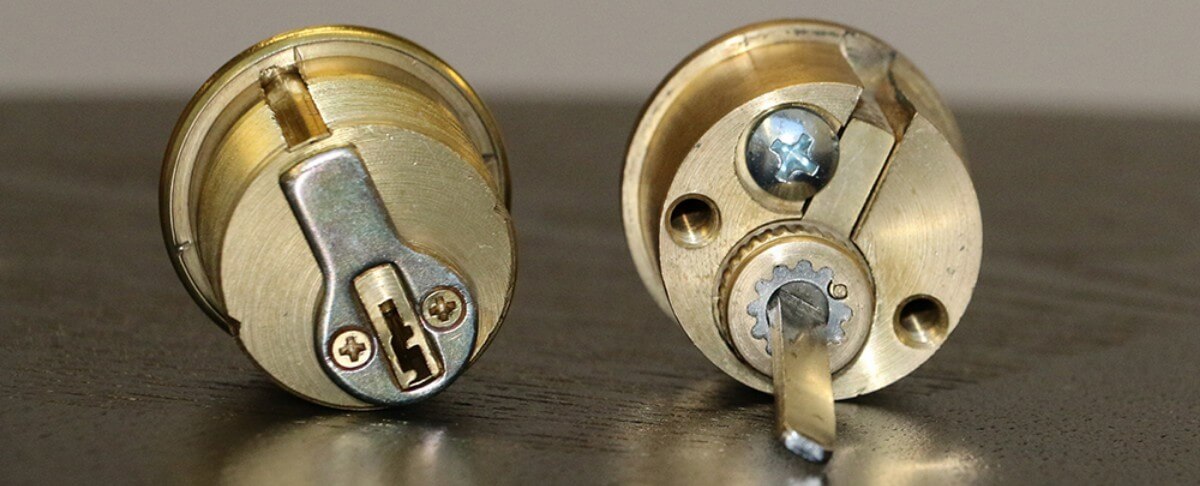

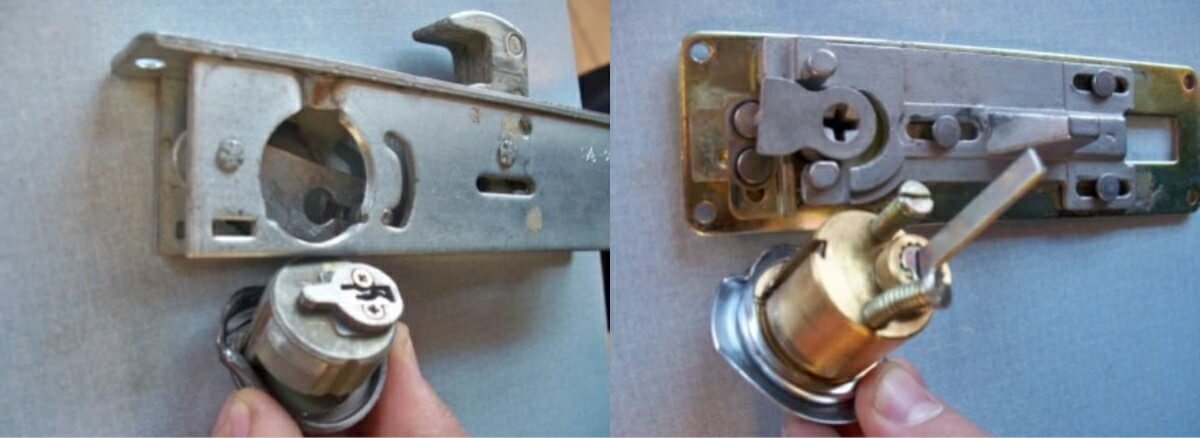

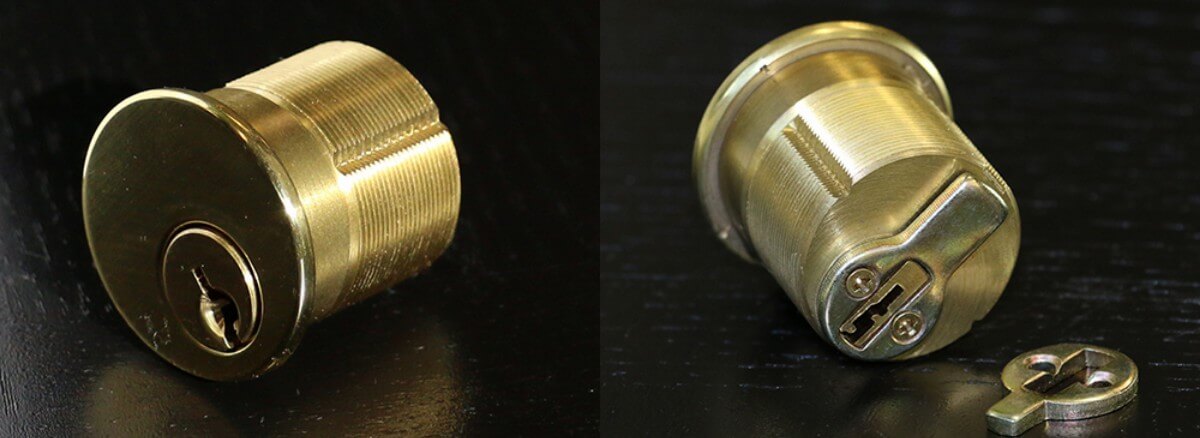
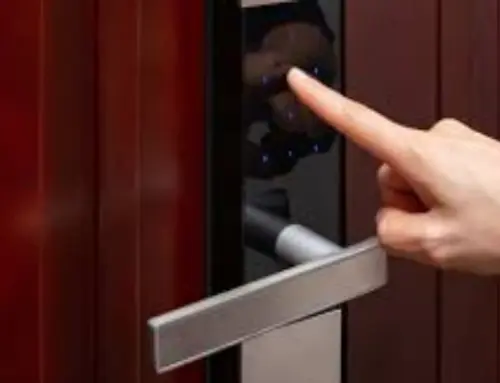

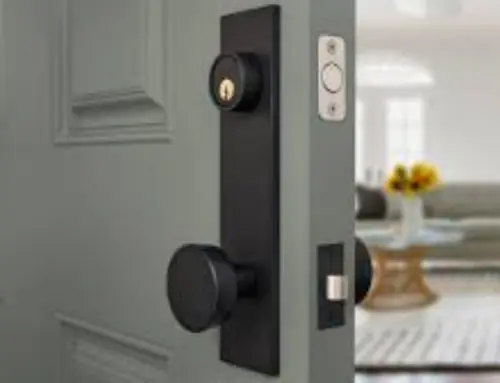
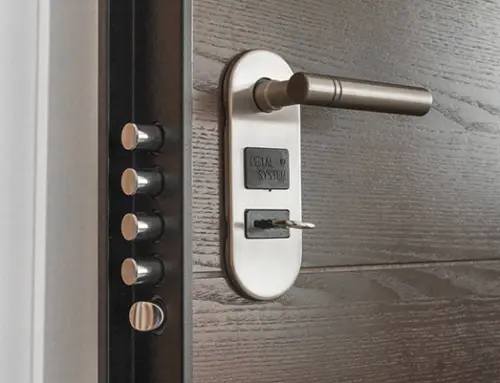
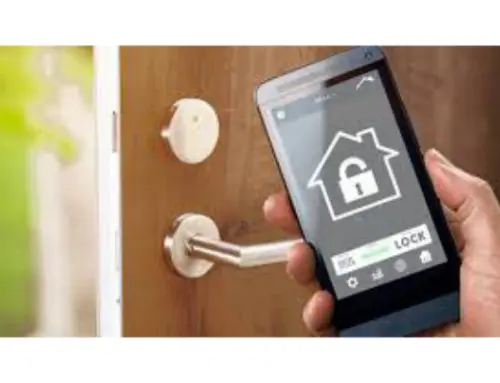
Leave A Comment